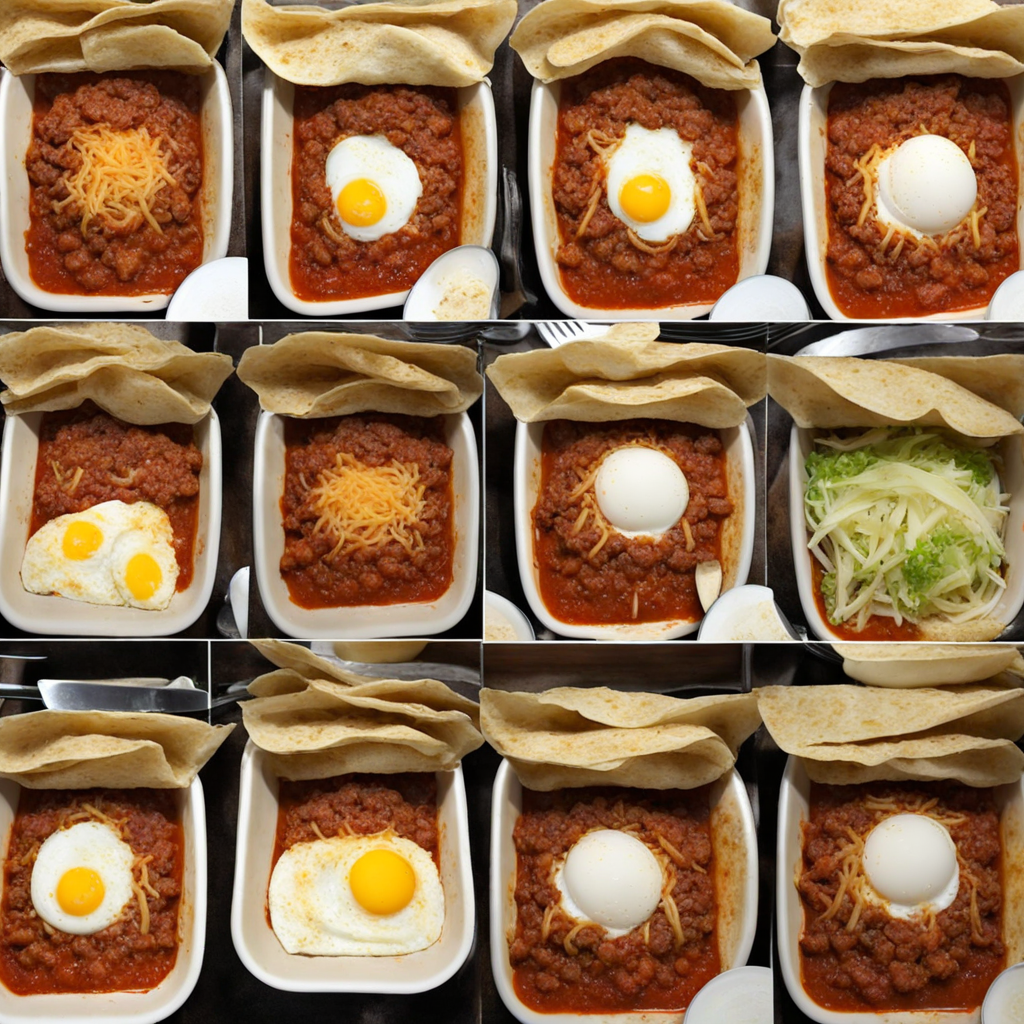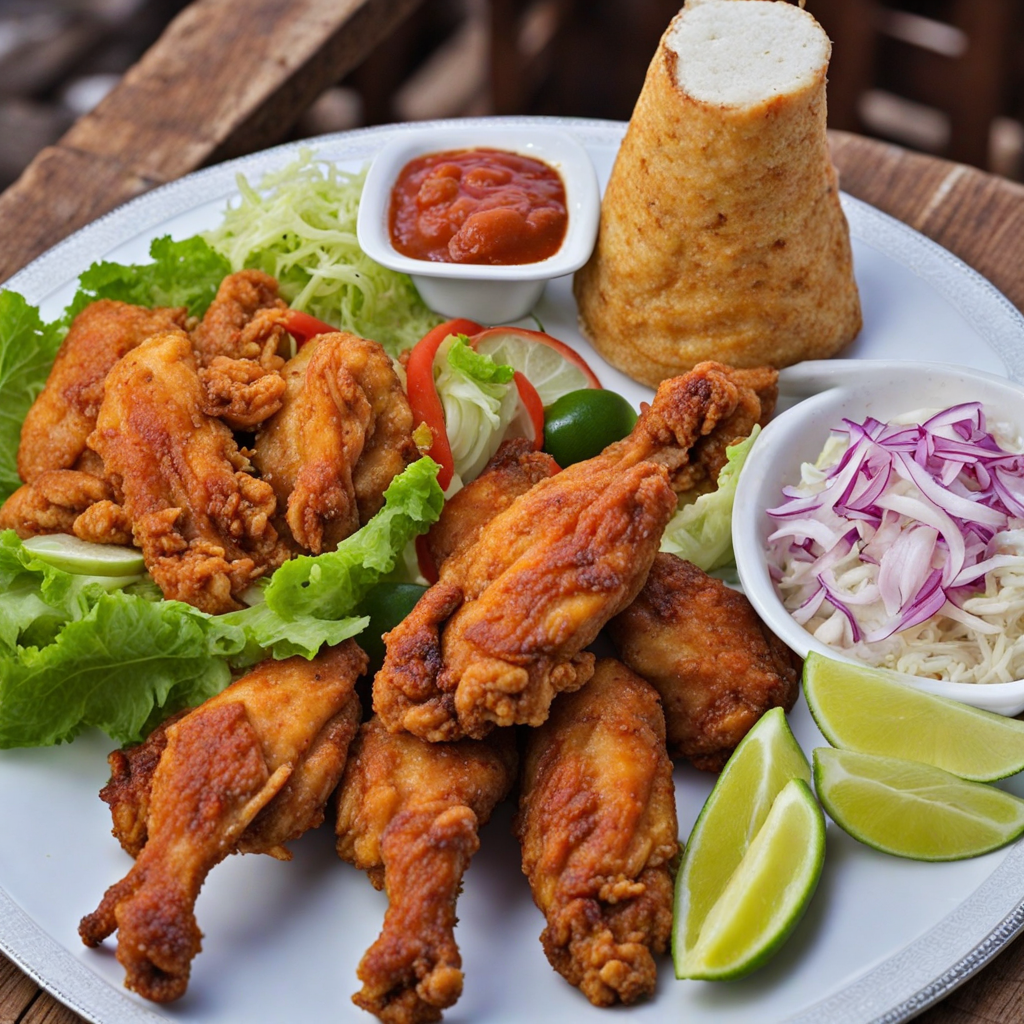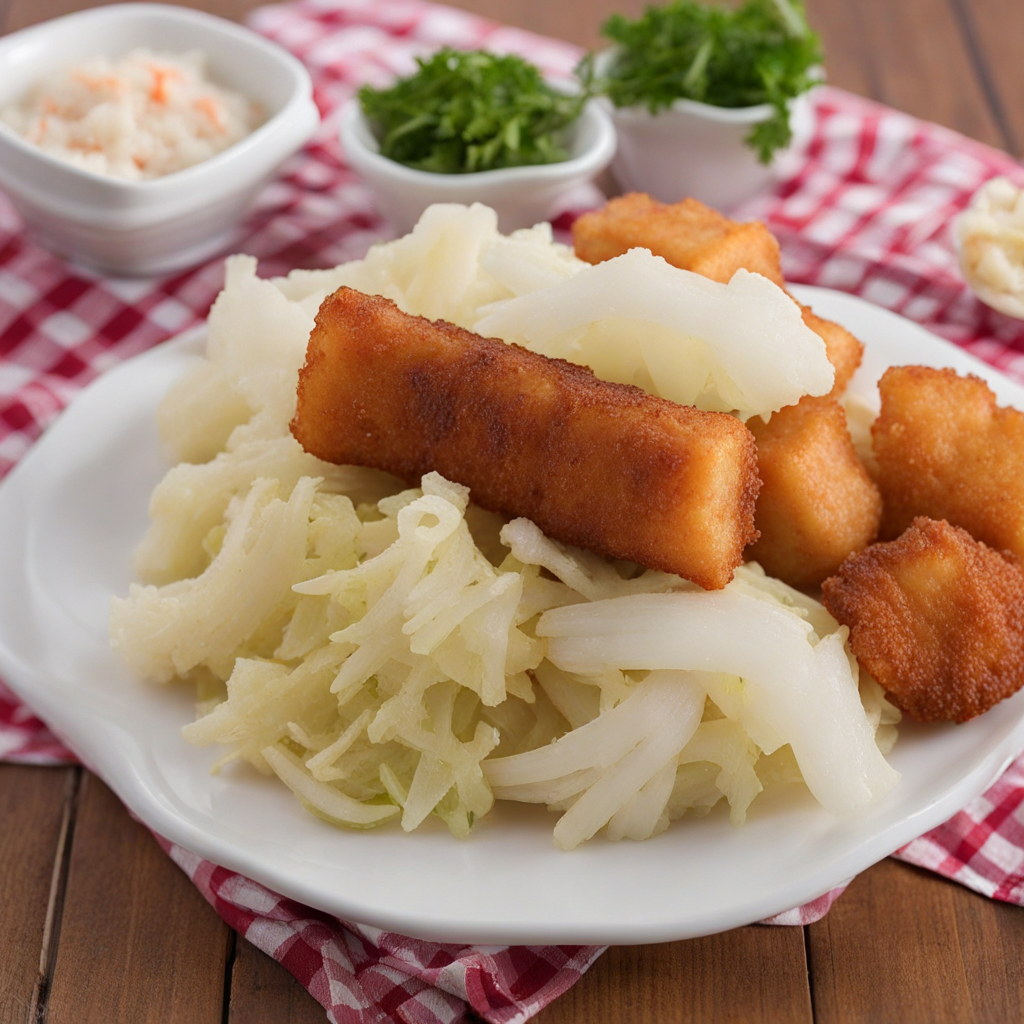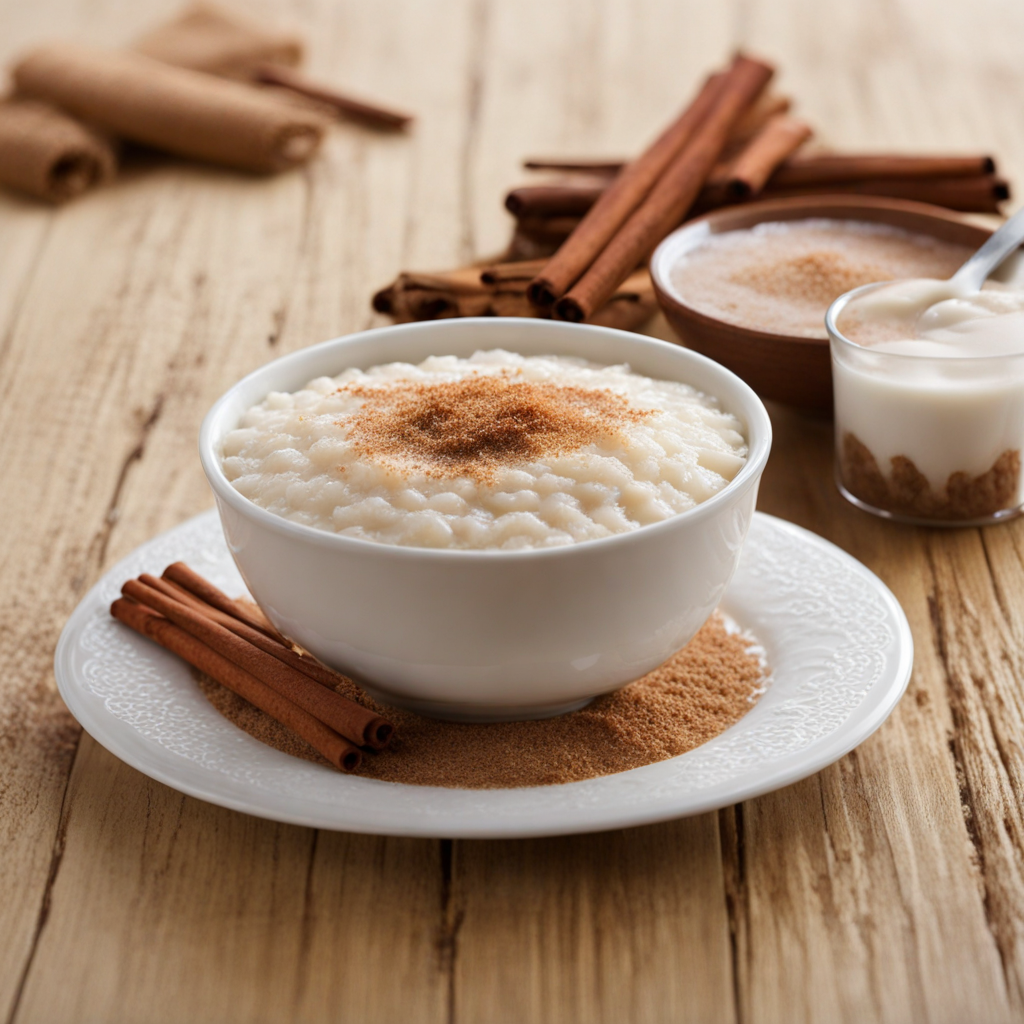Enchiladas Catrachas
Enchiladas Catrachas are a delicious and vibrant Honduran dish that showcases the rich culinary traditions of Central America. Unlike traditional enchiladas, which are typically made with corn tortillas stuffed and rolled, Catrachas feature crispy tortillas topped with a variety of flavorful ingredients. The base is often a fried corn tortilla that becomes the canvas for layers of taste. The tortillas are generously adorned with refried beans, which provide a creamy texture and a hearty foundation for the dish. Toppings for Enchiladas Catrachas can vary, but they typically include a combination of shredded chicken or beef, fresh vegetables like diced tomatoes and onions, and a sprinkle of crumbled cheese, often queso fresco. The dish is then finished with a drizzle of zesty salsa or a tangy pico de gallo, enhancing the overall flavor profile with a refreshing kick. The contrast of the crispy tortilla with the soft beans and the vibrant toppings creates a satisfying harmony that is both comforting and exciting to the palate. The appeal of Enchiladas Catrachas lies not only in their taste but also in their colorful presentation. The dish is often garnished with avocado slices or a dollop of sour cream, adding creaminess that balances the flavors. Served as a snack or a full meal, they embody the essence of Honduran street food culture, inviting you to indulge in a culinary experience that is hearty, flavorful, and deeply rooted in the country’s heritage. Each bite is a celebration of the unique ingredients and cooking methods that make this dish a must-try for anyone looking to explore new tastes.
How It Became This Dish
Enchiladas Catrachas: A Culinary Journey Through Honduras #### Origin and Early Development Enchiladas Catrachas are a quintessential dish of Honduras, encapsulating the rich tapestry of flavors, traditions, and cultural influences that define the nation’s culinary landscape. The term "Catracha" itself is an affectionate nickname for Hondurans, and it is often used to evoke national pride. The dish, a variation of the traditional enchilada, has its roots in the indigenous populations of Honduras, particularly the Lenca and Maya peoples, who inhabited the region long before Spanish colonization. The origins of enchiladas can be traced back to the Aztec civilization, where the concept of rolling tortillas around fillings was a culinary practice that predates European contact. However, as the Spanish arrived in Central America in the 16th century, they brought with them not only new ingredients like cheese and pork but also techniques that blended seamlessly with local traditions. Enchiladas Catrachas emerged from this fusion, incorporating local ingredients such as corn, beans, and a variety of spices, while also adopting elements from Spanish cuisine. #### Ingredients and Preparation The core of Enchiladas Catrachas lies in its foundation: the corn tortilla. Corn has been a staple of Mesoamerican diets for thousands of years, and in Honduras, it remains a key element of daily meals. To prepare Enchiladas Catrachas, the tortillas are typically fried until they achieve a crispy texture, then topped with a mixture of ground beef or chicken, refried beans, and a generous helping of cheese, usually a soft, crumbly variety known as queso fresco. What sets Catrachas apart from other enchiladas is the vibrant topping of cabbage or lettuce, diced tomatoes, and a drizzle of salsa, often made from tomatoes and peppers, adding a bright flavor and crunch to the dish. The use of pickled onions or jalapeños is also common, enhancing the dish's complexity and providing an additional layer of flavor. #### Cultural Significance Enchiladas Catrachas are more than just a meal; they are a symbol of national identity and cultural pride. The dish is often served during family gatherings, celebrations, and traditional festivities. In rural areas, it is common for families to prepare large batches for communal meals, reinforcing the bonds of community and family ties. Honduras, like many Latin American countries, has a rich tradition of street food, and Enchiladas Catrachas can often be found at local markets or food stalls, where vendors serve them hot and fresh. This accessibility has helped the dish maintain its popularity across all social strata, making it a beloved staple for both the wealthy and the impoverished. Moreover, the dish embodies a sense of resilience and adaptation. Throughout its history, Honduras has faced numerous challenges, including political upheaval, economic instability, and natural disasters. The ability to create a nourishing and satisfying meal from simple, locally sourced ingredients has allowed families to sustain themselves and preserve their culinary heritage through even the toughest times. #### Evolution Over Time As Honduras has evolved, so too has the dish of Enchiladas Catrachas. The globalization of food culture has introduced new flavors and techniques, leading to variations that reflect the influences of migration and intercultural exchange. In urban areas, for example, the traditional recipe has been adapted to include ingredients like avocado, cilantro, and even non-traditional proteins, such as shrimp or tofu, catering to the evolving palates of younger generations. The modern Honduran culinary scene has also seen a resurgence in the appreciation of traditional recipes and cooking methods. Chefs and home cooks alike are increasingly focused on using fresh, local ingredients, reflecting a growing trend toward sustainability and farm-to-table dining. This movement has reinvigorated interest in dishes like Enchiladas Catrachas, as chefs experiment with new presentations and flavor combinations while honoring the dish's historical roots. #### Enchiladas Catrachas in Contemporary Honduras In contemporary Honduras, Enchiladas Catrachas hold a dual role as a nostalgic comfort food and a canvas for culinary innovation. Restaurants across the country, from humble eateries to upscale dining establishments, proudly feature Catrachas on their menus, often with unique twists that retain the essence of the traditional dish. The importance of these enchiladas extends beyond mere sustenance; they serve as a reminder of the country’s rich heritage and the ability of food to unite people across different backgrounds and experiences. During national holidays, such as Independence Day, it is common for families to prepare Enchiladas Catrachas as part of the celebratory feast, reinforcing their significance as a cultural touchstone. Moreover, the global fascination with Latin American cuisine has led to an increased interest in Honduran culinary traditions. Food festivals, cooking classes, and cultural events often showcase Enchiladas Catrachas, introducing international audiences to the flavors of Honduras and promoting cultural exchange. This growing visibility has sparked a renewed appreciation for the culinary diversity within Central America, highlighting Honduras as a distinct region with its own unique contributions to the global food scene. #### Conclusion Enchiladas Catrachas are more than just a delightful dish; they are a narrative woven into the fabric of Honduran identity, a testament to the country’s storied past, and a reflection of its vibrant present. Through the blend of indigenous ingredients and Spanish influences, this dish captures the essence of Honduras' culinary heritage while adapting to contemporary tastes and trends. The continued popularity of Enchiladas Catrachas speaks to the resilience of the Honduran people and their enduring connection to their culinary roots, ensuring that this beloved dish will remain a staple on tables across the country for generations to come.
You may like
Discover local flavors from Honduras







